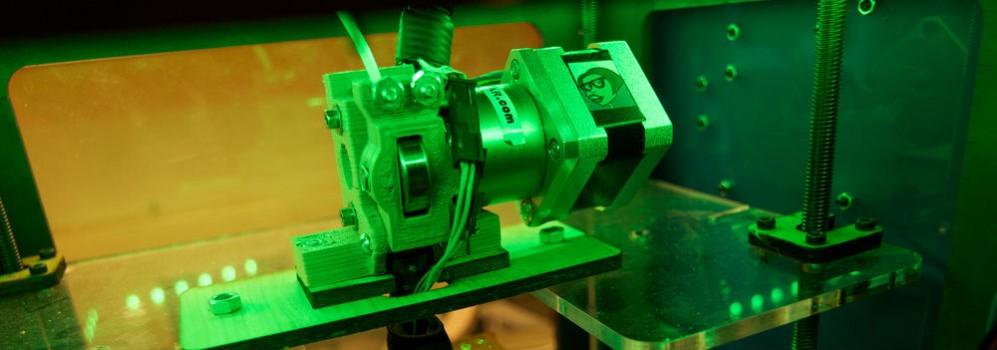On Labour, Unions and 3D Printing
The development of affordable 3D printing gives companies a way to bring manufacturing back home. It seems this new ability to localize manufacturing could serve as a direct counter-balance to the globalizing effects of outsourcing.
“If 3D printing does democratize manufacturing, it will truly do it,” Reeves says. “There’s no reason it won’t be used to manufacture products for South America within South America.”
This re-outsourcing strategy is beginning to make a lot of business sense. Many companies have reflected on the outsourcing boom as something of a mistake — the effect of a short-term and misguided strategy, as experts told the Atlantic last year.
The General Electric (GE) CEO Jeffrey Immelt said that outsourcing “is quickly becoming outdated as a business model for GE Appliances.”
John Shook, CEO of the efficiency think-tank the Lean Enterprise Institute, said: “There was a herd mentality to the offshoring. And there was some bullshit. Many of the biggest costs were hidden.”
Arguably the biggest of these costs was the loss of proprietary knowledge and control — the kind of know-how a company can retain only by continuing to make its products itself.
The Atlantic conveys this idea by comparing the factory to a laboratory: “How you run the factory is a technology in and of itself. Your factory is really a laboratory — and the R&D that can happen there, if you pay attention, is worth a lot more to the bottom line than the cost savings of cheap labour in someone else’s factory.”
Companies such as GE, Apple and the household appliance maker Whirlpool have already announced plans to open new factories back home. Political leaders are also beginning to recognize the importance of fostering a national base of manufacturing know-how. Many recent efforts focus specifically on 3D printing.
Funded by the Federal Economic Development Agency for Southern Ontario, Canada’s $18.9 million SMART program supports local companies working to advance 3D printing technology.
In his State of the Union address in February, U.S. President Barack Obama pledged to push through Congress US$1 billion of support for the development of additive manufacturing clusters around the country.
The U.K. has introduced research grants similar to Obama’s proposal.
And China has introduced the first plan aimed directly at developing indigenous 3D printing technology. The investment is intended not necessarily for the export market, but to inhibit the import of overseas technology.
Many politicians have even singled out jobs as their administrations’ pet issue. And the underlying consensus seems to be that if we want the global economy to bounce back, we need to be chiefly concerned with getting people back to work.
A good first step in addressing the jobs issue is to recognize what kinds of jobs are being eliminated.
How does this affect jobs?
Carl Bass is the CEO of Autodesk, a leading 3D design software company based out of California. The fledgling company has earned accolades from the likes of Fast Companyand Dow Jonesfor its commitment to innovation and sustainability. Bass is a regular on the industry conference circuit. Last fall, he discussed the impact of additive manufacturing on the labour market, particularly around unskilled or traditional manufacturing jobs.
“You look back, and around the turn of the century, the 1900s, 40 per cent of the American workforce was in agriculture,” says Bass. “Today, it’s less than two per cent. We’re able to do it through better productivity, through mechanization and through computers. The same thing is going to happen to manufacturing.”
In the 1950s, over 30 per cent of the United States’ workforce was employed in manufacturing. Today, that number is just above 10 per cent.































Share the post "On Labour, Unions and 3D Printing"